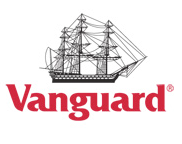
Vanguard publishes ‘How America Saves,’ its 401(k) almanac
Among participants entering Vanguard plans for the first time in 2015, about 80% were invested entirely in a professionally managed allocation. By 2020, the average will be about 68% for all participants, Vanguard predicts.


